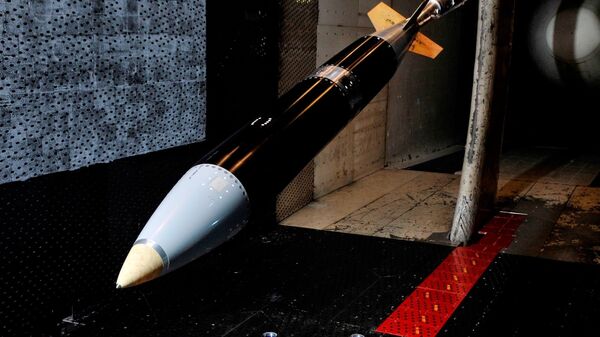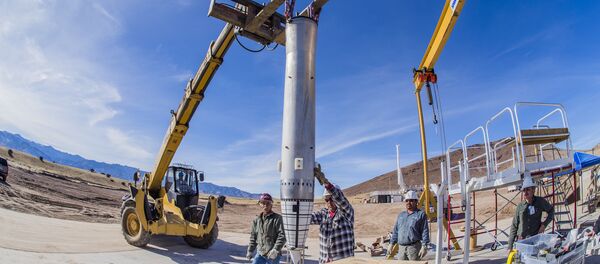It said production of the first upgraded B61-12 nuclear bombs will begin in fiscal year 2020. All remaining bombs will be adapted by 2024.
Authorizing the B61-12 warhead life-extension program (LEP) is the final development phase prior to actual production.
According to reports, unlike the free-fall gravity bombs it will replace, the B61-12 is a guided nuclear bomb. A new tail kit assembly, made by Boeing, enables the bomb to hit targets far more precisely than its predecessors.
Using “Dial-a-yield” technology, the bomb's explosive force can be adjusted before launch from a high of 50,000 tons of TNT equivalent to a low of 300 tons.
The B61-12 will have both air- and ground-burst capability. The capability to penetrate below the surface has significant implications for the types of targets within the bomb’s reach.
The B61-12 will initially be integrated with B-2, F-15E, F-16, and Tornado aircraft. From the 2020s, the weapon will also be integrated with, first, the F-35A bomber-fighter F-35 and later the LRS-B next-generation long-range bomber.
Currently around 200 B61 bombs are deployed in underground vaults inside around 90 protective aircraft shelters at six bases in five NATO countries (Belgium, Germany, Italy, the Netherlands, and Turkey).
Two of which would utilize US aircraft (one air base in Incirlik, Turkey and one in Aviano, Italy).
Non-US aircraft are assigned to other bases (Kleine Brogel, Belgium; Büchel, Germany; Ghedi Torre, Italy; and Volkel, The Netherlands).
In September last year German television station ZDF cited a Pentagon budget document saying that the US Air Force would deploy modernized B61 nuclear bombs to Germany’s Buchel air force base replacing the 20 weapons already at the site.
“In other words, the American modernized thermonuclear aircraft bomb has been primarily, and for the nearest quarter of a century, destined to Europe. Washington however does not specify how and from whom the modernized nuclear bombs are going to defend the continent,” says an analytical article on the RIA Novosti website.
Back in September 2015, Kremlin spokesman Dmitry Peskov characterized the move as a potential “violation of the strategic balance in Europe,” that would demand a Russian response.
“This could alter the balance of power in Europe,” Peskov then said.
“And without a doubt it would demand that Russia take necessary countermeasures to restore the strategic balance and parity.”





